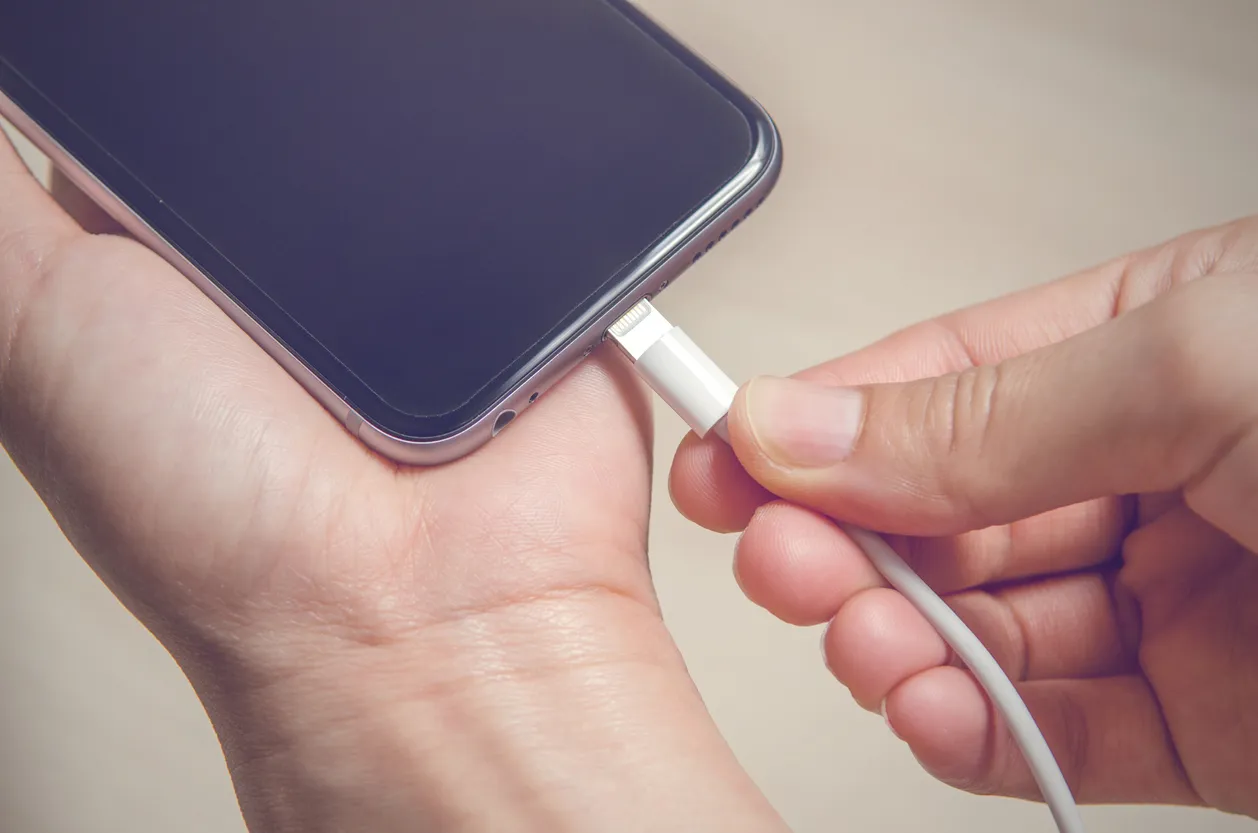Apple Avrupa Birliği’nin (AB) etkisi altında, iPhone’ların bağlantı noktasını değiştirmeye zorlandı. AB, mobil cihaz üreticilerini gelecek yıl sonuna kadar USB-C standardını benimsemeye zorlama kararı aldı. Bu nedenle Apple, istemediği bir teknolojiyi kabul etmek zorunda kaldı. Peki, bu değişikliğin arkasındaki nedenler nelerdir ve ne gibi sonuçlar doğurabilir?
USB-C’nin Getirdiği Avantajlar
Apple’ın bu değişikliği kabul etmesinin arkasındaki temel nedenlerden biri, USB-C’nin getirdiği avantajlardır. Bu değişiklik, kullanıcılara bir dizi fayda sunmaktadır:
- Tek Şarj Kablosu: Müşteriler artık iPhone’larını, Mac’lerini ve iPad’lerini tek bir şarj kablosuyla şarj edebilecekler. Bu, kullanıcılar için büyük bir pratiklik sağlayacak.
- Yüksek Veri Transfer Hızları: Yeni yüksek kaliteli iPhone modelleri, veri transfer hızında büyük artışlar sunacak. Bu, dosyaları hızla paylaşmak isteyen kullanıcılar için büyük bir avantaj.
- Hızlı Şarj: Bazı durumlarda telefonlar daha hızlı şarj olacak. Bu, aceleyle dışarı çıkmak zorunda olanlar için kritik bir özellik.
- Geniş Uyumluluk: Sonunda, telefonlar milyarlarca Apple olmayan cihaz tarafından kullanılan şarj cihazları ile uyumlu olacak. Bu, kullanıcıların farklı cihazlar arasında daha fazla esneklik sağlayacak.
Apple’ın Olumlu Yaklaşımı
Peki, Apple neden bu değişikliği olumlu bir şekilde karşılıyor? Şirketin demir gibi bir kuralı var: Her zaman güçlü bir konumdan hareket etmek. Apple’ın sunumlarında, Avrupa Birliği’nden bahsedilmeyecek ve USB-C’yi gerektiren hükümetin kararını eleştiren bir dil kullanılmayacak. Bu, Apple’ın kendi stratejilerini koruma isteğinin bir sonucu.
Apple, USB-C’yi reddederken çevresel endişeleri de göz önünde bulunduruyor. Milyarlarca eski kablo çöplüklerde sona erebileceği ve bu durumun çevreye zarar verebileceği düşünülmüştür. Ayrıca, hükümetlerin ürün tasarımını etkileme potansiyel tehlikesi de bir endişe kaynağıdır.
Değişikliğin Dezavantajları
Her ne kadar bu değişiklik birçok avantaj sunsa da, Apple için bazı dezavantajları da beraberinde getiriyor:
- Lisans Gelirleri: Apple, Lightning kullanan aksesuar üreticilerinden elde ettiği lisans gelirini kaybedebilir. Bu, şirketin gelirlerinde azalmaya neden olabilir.
- Mühendislik Kaynakları: Geçiş için mühendislik kaynakları ve para ayırmak zorunda kalabilir. Bu da ekstra maliyetlere yol açabilir.
- Uyumluluk Sorunları: Artan uyumluluk, müşterilerin Apple ürünlerinden vazgeçmelerini kolaylaştırabilir. Bu, Apple için bir müşteri kaybı anlamına gelebilir.
- PR Riski: Değişiklik, kullanıcılar arasında hoşnutsuzluğa yol açabilir. Apple, geçmişte benzer değişikliklerde tepki görmüştü.
Apple, zorunlu bir değişikliği kabul etmek zorunda kaldı, ancak bu değişiklik hem avantajları hem de dezavantajları beraberinde getiriyor. USB-C’nin daha geniş uyumluluğu, kullanıcılar için kolaylık sağlayabilirken, Apple için bazı gelir kayıplarına yol açabilir. Geçişin sorunsuz olması için Apple çeşitli önlemler alacak gibi görünüyor, ancak hala bazı kullanıcıları rahatsız edecek bazı zorluklar kaçınılmaz gibi görünüyor.
Son olarak, Apple’ın her yeni iPhone ile bir USB-C kablosu sunması muhtemel olsa da, kullanıcıların uyumlu bir şarj cihazına ihtiyaçları olacak ve bu paketin bir parçası olmayacak. Apple, müşterileri bu geçiş sürecinde desteklemeye çalışacak gibi görünüyor, ancak bazı kullanıcılar bu değişikliği hoş karşılayıp karşılamayacaklarını düşünmekte serbestler.








